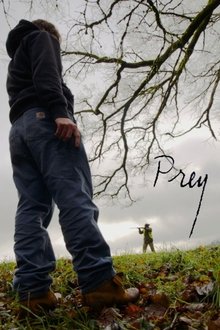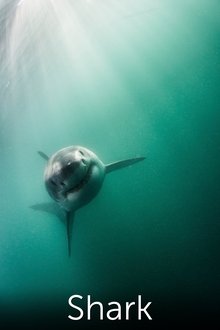Donnie Vincent's The River's Divide is a full-length documentary film featuring Donnie Vincent's bowhunting journey into the Badlands of North Dakota, chasing a whitetail deer known as Steve.
Related Movies
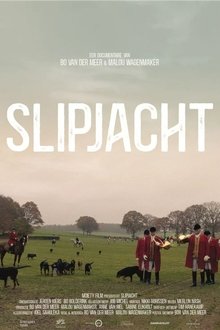
Slipjacht (2023)
A dive into the world of a theatrical tradition with riders in classical costumes, hunting horns and bloodhounds. The drag hunt is a hunt without guns, where you do not hunt an animal, but a piece of cloth. It seems to be something of this time, but drag hunting is still under pressure. Can this age-old tradition survive in modern society? How do the riders view this spectacle full of etiquette?

Hitler's Jurassic Monsters (2014)
This is the untold story of a Nazi vision, that went far beyond the military conquest of European countries. As part of their crazed dream to create a thousand-year Reich they developed detailed blueprints for Aryan settlements and vast hunting parks for ‘Aryan’ animals. Goering and Himmler employed Germany’s best scientists to launch a hugely ambitious programme of genetic manipulation to change the course of nature itself, both in the wild and for domestic use. In a fascinating blend of politics and biology, Hitler's Jurassic Monsters is the true and asthonishing story of how the Nazis tried to take control of nature and change the course of evolution.
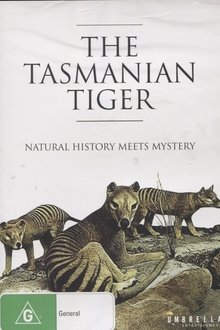
The Tasmanian Tiger: Natural History Meets Mystery (1996)
Recorded by pioneers as far back as 1805, the Tasmanian tiger has become an intensely mystifying Australian icon, whose entire existence has become the stuff of both fable and legend. This program investigates a chequered past and puts the speculation into perspective, taking into account the tragic culling and ‘bounty era’ where the carnivorous creatures were thought to be solely responsible for a considerable loss of farmers’ livestock. Balancing the facts with personal reflections from Tasmanian locals, scientists and other informed practitioners, The Tasmanian Tiger is a thought-provoking and revealing look at the extraordinary life and death of one of Australia’s most mysterious marsupials.
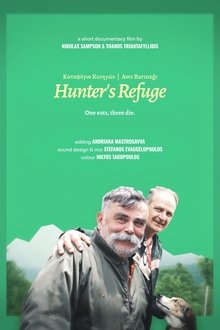
Hunter's Refuge (2025)
Fast on his feet with a fat mustache, short stature, and investigative gaze. For a couple of days in the mountain, in his native land, we approach a man, strange and loud but nevertheless genuine and sensitive, a hunter. In his own way, Mr. Sotiris shines light on our bond with nature, history and man.
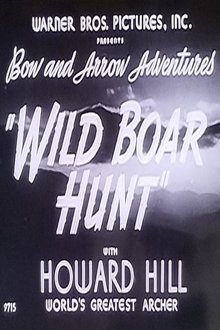
Wild Boar Hunt (1940)
This short film showcases the skills of Howard Hill, known as the "World's Greatest Archer".
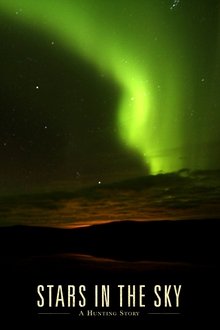
Stars in the Sky: A Hunting Story (2018)
This documentary focuses on the lives of American hunters, presented as an honest exploration of the controversies, emotions, and traditions inherent to this most primal human activity.
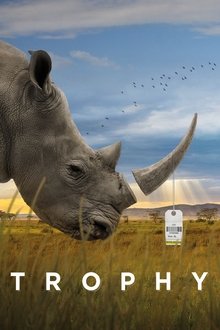
Trophy (2017)
This in-depth look into the powerhouse industries of big-game hunting, breeding and wildlife conservation in the U.S. and Africa unravels the complex consequences of treating animals as commodities.

Missing 411: The Hunted (2019)
Hunters have disappeared from wildlands without a trace for hundreds of years. David Paulides presents the haunting true stories of hunters experiencing the unexplainable in the woods of North America.
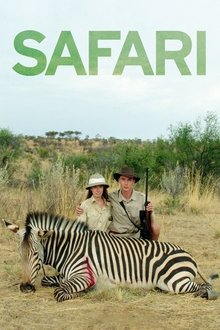
Safari (2016)
Africa. In the wild expanses, where bush-bucks, impalas, zebras, gnus and other creatures graze by the thousands, they are on holiday. German and Austrian hunting tourists drive through the bush, lie in wait, stalk their prey. They shoot, sob with excitement and pose before the animals they have bagged. A vacation movie about killing, a movie about human nature.
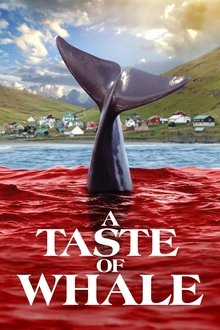
A Taste of Whale (2022)
In the Faroe Islands, hundreds of pilot whales are slaughtered each year in a hunt known as the “Grind.” This gruesome tradition has drawn outrage from activists, most notably the international conservation group Sea Shepherd, who routinely sail to the islands to try to block whaling boats. Yet the Faroese are equally determined to maintain their tradition, defending the practice as more sustainable and less cruel than getting meat from slaughterhouses. Director Vincent Kelner spends time with both Faroese hunters and Sea Shepherd crusaders, building to a nuanced look at a disturbing event with much larger implications for the way humans relate to other creatures.
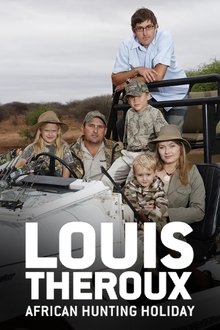
Louis Theroux's African Hunting Holiday (2008)
Louis goes to South Africa where American tourists pay to hunt wild animals in privately owned reserves.
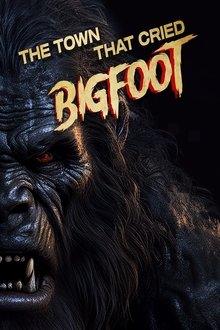
The Town That Cried Bigfoot (NaN)
In the bitter winter of 1978, four desperate council members from a small Virginia town hatched a daring Bigfoot hoax to save it from the brink of bankruptcy. But as the money grew, so did the greed-triggering the town's first unsolved murder.

My Deer Hunter (2017)
My Deer Hunter is the meeting of Alain, man of the nature and passionate of hunting with the deer, at the moment where the nervousness of the first days of hunting settles down. It's a family reunion, a return to the source in the lands of Témiscouata.
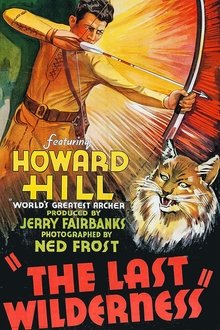
The Last Wilderness (1935)
Archery expert Howard Hill and a cameraman go to Wyoming to film this wild-animal three-reel short. Besides the scenery, the scenes include a buffalo killed by an arrow shot by Hill (for food); a wildcat and a coyote in a battle, and a fight-to-the-death between a mother bear protecting her cubs against a killer male bear.

Bloodhound Dog (2024)
Bloodhound dog handlers have an essential role in Québec’s hunting ecosystem. Thanks to them, a large number of wounded and lost animals are found during hunting season. They are an important resource for wildlife protection and management. This short film meets one of them, Yves Martineau, and follows the long waits and intense research that comes with the job. In the heart of the Canadian forest, on Matane’s wildlife reserve, we follow this man and his dogs through the vastness of the woods.
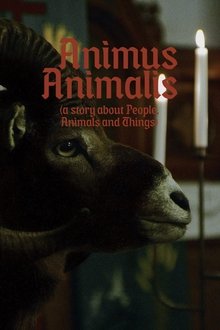
Animus Animalis (A Story about People, Animals and Things) (2018)
Human beings are the kings of all animals, at least if you ask us humans. Our vanity is given something to mirror itself in, but does not escape without a scratch or two in this documentary, which observes a taxidermist, a deer farmer and a museum curator at work. Three jobs that have one thing in common: turning animals into aesthetic objects, alive as well as dead. When the work is done properly, it is impossible to tell the difference. Dead pets are mummified. At the zoological museum, the animals' glassy eyes stare back at us from the showcases. Even a plastic alligator has its natural place in the human master plan.

Death: The Ultimate Horror (1995)
This grisly documentary presents horrifying journalistic footage of suicides, assassinations, bombings, mob hits, decapitations, and more in bloody detail. Not for the faint of heart.

The Hunters (1957)
An ethnographic film that documents the efforts of four !Kung men (also known as Ju/'hoansi or Bushmen) to hunt a giraffe in the Kalahari Desert of Namibia. The footage was shot by John Marshall during a Smithsonian-Harvard Peabody sponsored expedition in 1952–53. In addition to the giraffe hunt, the film shows other aspects of !Kung life at that time, including family relationships, socializing and storytelling, and the hard work of gathering plant foods and hunting for small game.
